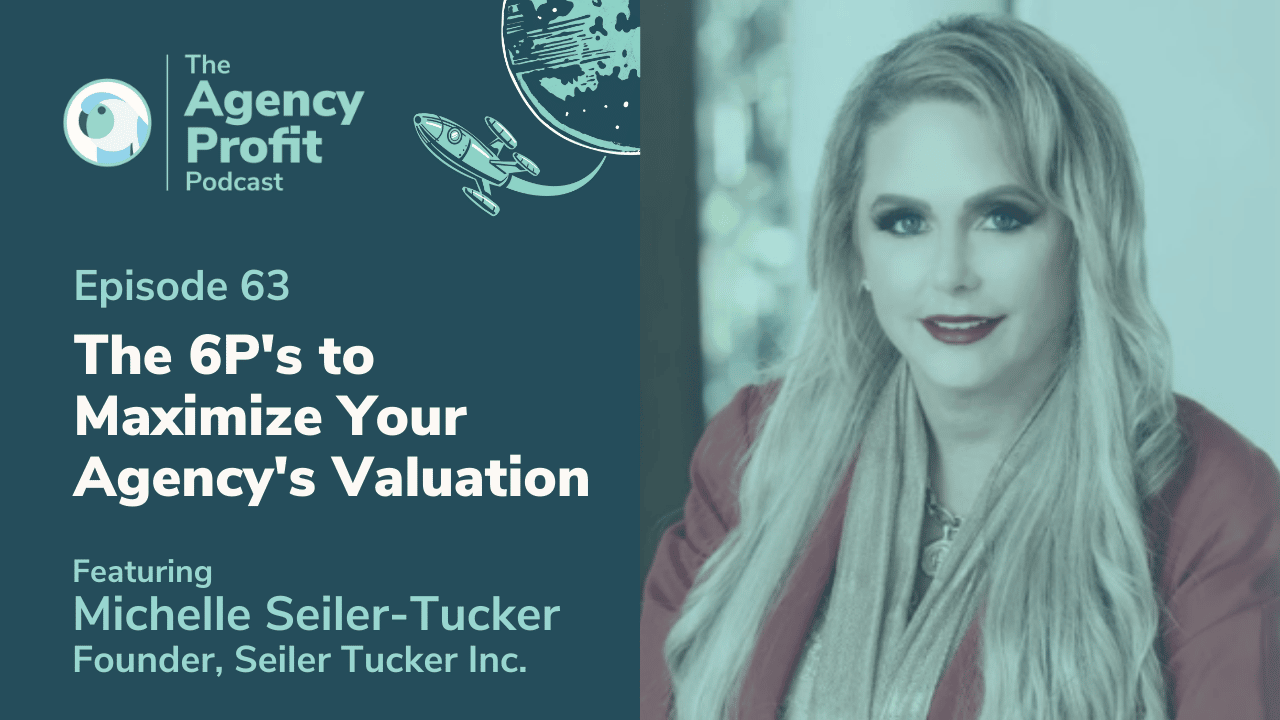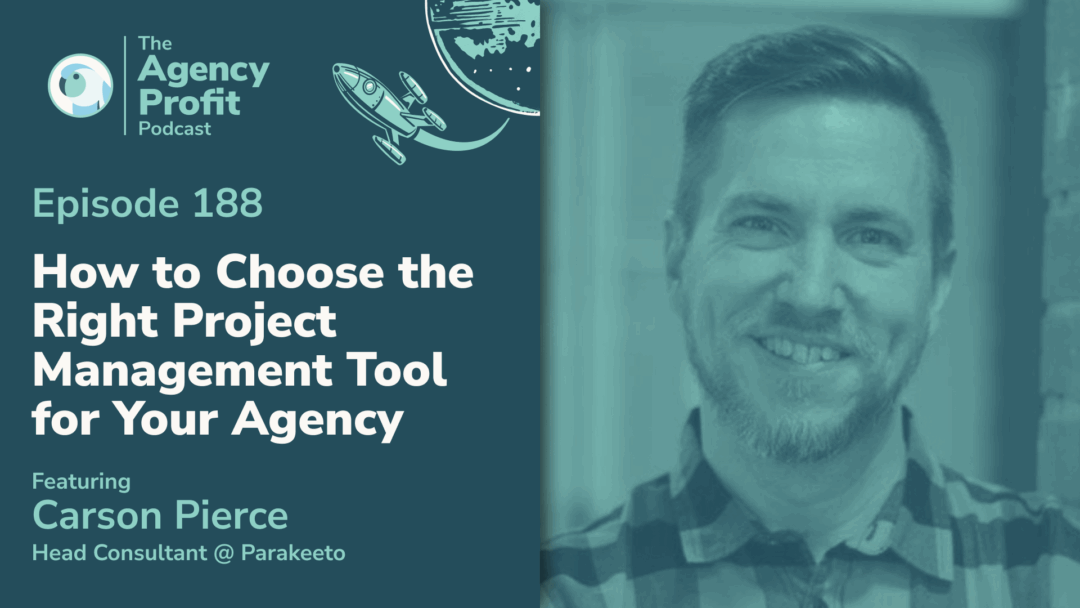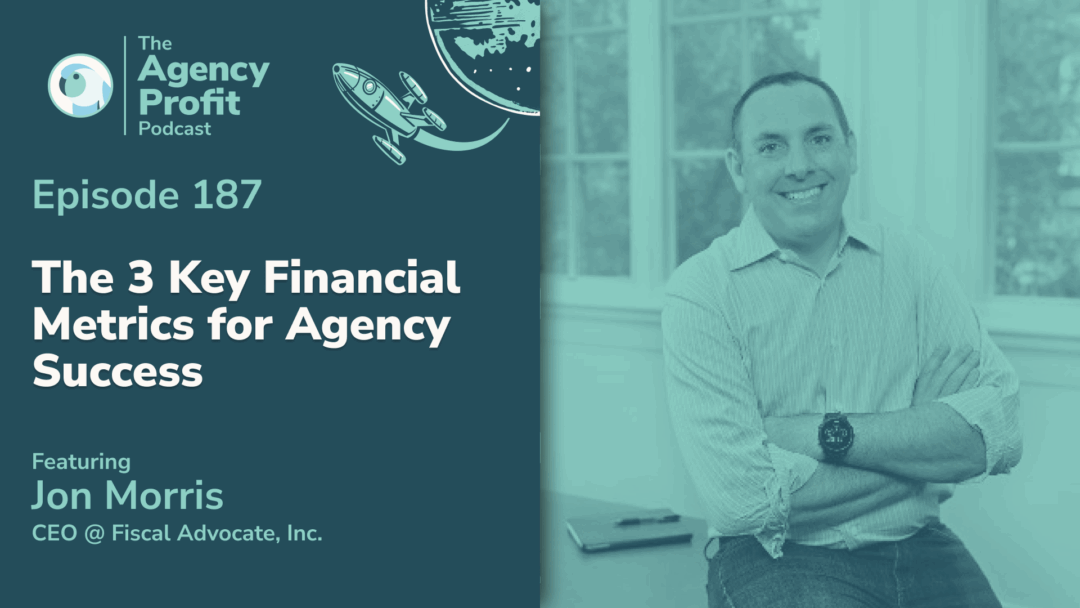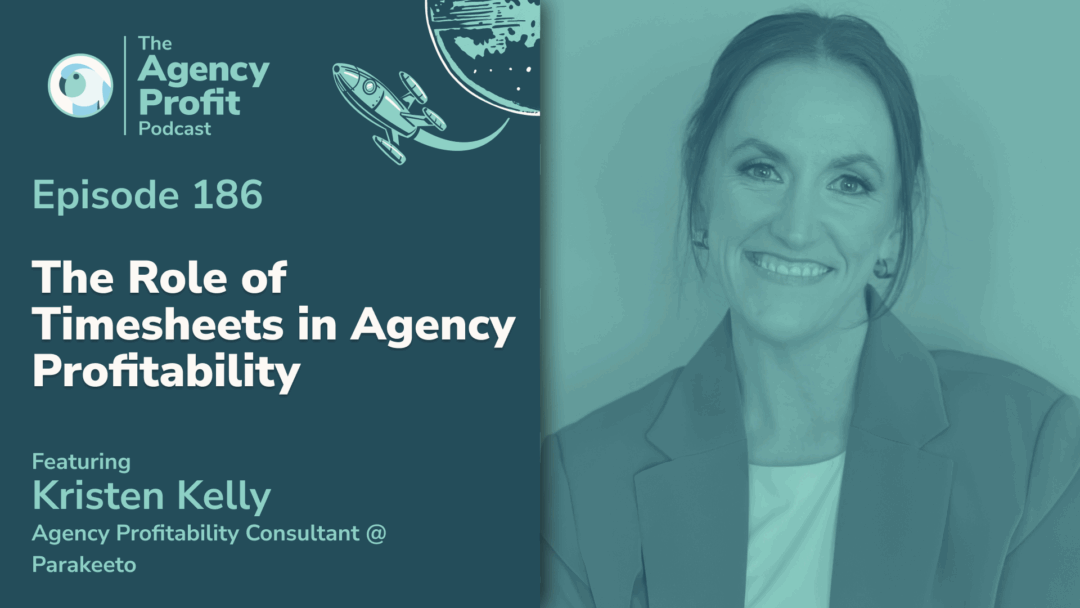Michelle Seiler Tucker, of Seiler Tucker Incorporated, discusses maximizing the valuation of your digital marketing agency by always having an exit strategy. She will provide invaluable insight into building a sustainable, scalable, and sellable business utilizing her proven techniques outlined in her latest book, Exit Rich®.
About Michelle Seiler Tucker
Michelle Seiler Tucker is the Founder and CEO of Seiler Tucker Incorporated. One of three women in the U.S. holding an M&AMI (Mergers & Acquisitions Master Intermediary) title, she is a 20-year veteran in the M&A industry.
Michelle and her firm have a remarkable track record when it comes to buying, selling, fixing, and growing businesses in almost every vertical. Not only has she facilitated thousands of businesses to reach their dream exit, she also helps them get ready for a sale, optimizing their operations, their profitability, and really preparing everything that needs to be true, to get the best possible exit price.
When Michelle isn’t helping entrepreneurs sell their businesses, she’s hanging out with her daughter.
Points of Interest…
- How Michelle got into Mergers & Acquisitions 1:42
- Determining a Valuation 4:09
- The 6 P’s For Your Valuation 5:31
- EBITDA Versus Non-EBITDA Valuation 12:53
- Diligence Process for the Optimum Valuation 15:38
How Michelle got into Mergers & Acquisitions
Perhaps regular viewers are noticing a theme when it comes to our featured experts; rarely do they start out doing the thing they’re currently doing. What they also share is the necessary entrepreneurial spirit; the willingness to get involved in new things.
“I didn’t wake up one day and say, ‘Oh, I’m gonna sell companies!’ I’ve always been an entrepreneur. I’ve always owned many different businesses in different verticals. I went into franchise sales, franchise development, franchise consulting – and was actually a partner with several different franchisors, an equity partner. And I found myself repeatedly saying, ‘No, no, no’ to buyers because so many buyers would come to me wanting to buy an existing business, and we didn’t have existing businesses. We were only working with new franchises…”
Then the epiphany hit; why say ‘no’ when you can say ‘yes’ instead? So that set Michelle on the path towards her M&A business as she was simply done saying ‘no’ to people. As for why people want to purchase existing businesses? Well, why go through the pain of a start-up when you can buy one that has a proven track record, employees in place, and already making profits!
“Why start a new business when you can combine existing business. When it’s important to start a new business, in my opinion, is when you’re starting something that’s completely unique, something that serves a niche.”
Determining a Valuation
Let’s imagine we have two agencies. They’ve got the exact same amount of revenue. One is going to sell four X multiple, the other one’s going to sell for the higher end of the multiple. What is the difference between somebody that doesn’t get a whole lot of the potential value out of their business versus an agency that’s going to sell towards the top end of what’s reasonable for that type of business? Over to Michelle for the short answer…
“So, it’s pumped. It’s going to be a multiple of EBITDA (Earnings Before Interest, Taxes, Depreciation, and Amortization) – not revenue – unless it’s a SaaS business.”
And that’s why I’m in the SaaS business, ladies and gentlemen. As Homer once said; “You’ve got to SaaS it!” But I digress…
***At the 5:00 minute mark, Michelle expands on adjusted EBITDA and normalizing those financials that add back personal expenses and non-recurring – the only thing Michelle and her team can’t add back in is cash. So don’t be hiding the cash!
Returning to our ‘two agencies’ hypothesis when determining an evaluation; the EBITDA for both is the same – with one major exception, that being The 6 P’s…
The 6 P’s For Your Valuation
There are a number of questions to ask yourself when addressing Michelle’s 6 P’s… Here are just some of them:
- Can both of our hypothetical agencies operate without their owner?
- Is there a management team in place for both?
- Are the right people in the right seat?
- Have they answered the ‘who’ question with regards to who handles marketing; anonymous customer service; legal etc.
“That’s number one; if you have one agency that’s dependent upon the owner and the other one, not there’s your competitive advantage right there, and that will get you a higher price.”
- People: The business can not be dependent upon you. If it is, it’ll sell for less than the agency that has the right people in place.
- Product: Your product/service, is it on the way up, or is it on its way out?
- Processes: Let’s say digital agency ‘A’ has great processes, well-documented design with the customer experience in mind, thus resulting in great referrals – Agency ‘A’ is instantly more sellable than an agency that doesn’t have these measures in place. Again, processes must be productive, efficient, with well-documented policy and procedure manuals, SOP checklist, employee handbooks, non-competes for the upper management, and so on.
- Proprietary: as this the highest value driver, it can take an agency from five, to six, to eight, to 10, multiple of EBITDA, and include branding, trademarks (federal or trade), contracts, databases, and more
***Michelle breaks this down further at 7:57 minutes*** - Patriots: Most businesses follow the 80 20 rule, where 80% of the revenue comes from 20% of your clients. So if you have 70% of your revenue come in for 30% of your clients, that could be an issue.
***More on this from 10:38*** - Profits: Some say that lack of profits is never the problem – it’s always a symptom of not running one of the other 5 P’S, but you gotta look at not just how profitable you are, but rather how sustainable is it? What is your recurring revenue? Have you memberships, or a subscription model?
You can have cool clients and lots of revenue. When it comes to investing in the value of your business, however, a lot of the stuff you need to do on the backend is never seen by the client. Your processes, your documentation, your systems, the way your PNL looks at the end of every month, every quarter, or every year. That is the stuff that makes a big difference.
Side note: our Agency Profit Toolkit is a one stop shop for you to be able to outline some of these crucial profitability numbers to a potential buyer. Spreadsheets, templates and training videos, you name it, it’s all in the toolkit. Grab yours free at the link below:
EBITDA Versus Non-EBIDTA Valuations
The difference between having a 15% EBITDA and a 25% EBITDA when you’re multiplying that by four or five, six… For this industry, what does Michelle typically see the spectrum of valuations being on the low end to maybe the higher end?
“Businesses that have less than a million dollars in EBITDA will typically trade from anywhere from two to four, four and a half, depending upon the synergies companies that have over a million EBITDA… There were a lot more buyers of companies over a million EBITDA than buyers under a million non-EBITDA. So there’s a greater chance of creating that bidding war.”
Another thing to take into consideration with our hypothetical A & B Agencies, and that is Projections. Who is their client market? They may be even right now, but what are they projecting over the next five years?
There are not many businesses that are over a million dollars in EBITDA. It’s that simple. So you’ve got your private equity groups and there are thousands of them. They’re always searching for companies over 3 million in EBITDA. And you’ve got your competitors and strategics that are always searching for companies over a million in EBITDA.
In other words, there are more buyers for good businesses and there are good businesses to buy.
Diligence Process for the Optimum Valuation
If you have trouble getting good information out of your financials, and additional trouble implementing good processes in your agency, then it’s probably going to be hard for those doing the diligence process to do the same. Therefore, it behooves you to do that now so that when you get to a sale scenario, it’s not something you have to create for the first time.
I ask Michelle what that process looks like, ’cause what my head is envisaging is all manner of hellscapes…
“I’m glad you brought that up about processes and policy and procedure manuals, because they’re going to want to see all that paper, you know, and that’s another thing I don’t want them to see in the beginning. Because, especially if it’s a competitor, I don’t want them really going through all your process. So I don’t really want them going through your secret sauce. You know, I really want them to get through the financials first, sign-off on the financials, and then we’ll start going through the rest of this stuff.”
As for what “the rest of this stuff” looks like diligence-wise, it comes down to a number of variables. For example…
- The size of the transaction.
- Who your buyer is. What have they got going on at the same time contract-wise? Will that cause them to drag their feet?
- Have you the necessary people in place for the transaction to go ahead, such as an advisor, an attorney, a CPA.
- If you’re going to do the sale solo, you need to set up your own data room. Whereas Michelle and her team would set up said Data Rooms on your behalf, therefore exerting some secure boundaries over “who sees what” regarding your financials. In short, don’t drop your financials in Google Drive.
“We give access first to the legal team, the legal team, legal slash accounting team has to look at everything first. They give us permission to show it to the buyer, because I want to make sure that the legal team is comfortable with what we’re about to give to the buyer. So, we get that the legal team access first, and we’re the ones controlling the entire data room.”
As for how long this diligence process generally takes? In Michelle’s experience, it’s generally between 60 to 90 days.
Key Takeaway… Start With The End in Mind
Plan your exit from day one… Even if you have no intention of selling right now, there are a lot of aspects when preparing for a sale at some point. Having things in place will not only make your existing business run better, it will also make your business more sellable by maximizing its valuation.
So, what’s the best starting point? Define your current valuation. This should not be seen as a one-off event; rather an annual check-up ***Michelle digs into this from 22:10 minutes***
Every time a business owner thinks about selling, they don’t have a sellable asset. If you never sell the business, even if you never get somebody to write you a big check, those 6 P’s will help you design your exit organically.
In many ways, that is your natural exit. It could just be the fact that you’ve organized this business in such a way that you don’t need to slog at it every day. Instead, you just get to reap the fruits of your labor.
To learn more about Michelle’s soon-to-be-released book, Exit Rich®, it is out June 23rd. You don’t have to wait until then, however. You can go to exitrichbook.com and purchase a digital download instantly, with a hardcopy sent to your door. Additionally, you can gain access to Michelle’s documents to help you operate and sell your business.
So, for example, SOP checklists, policy and procedure manuals, employee handbooks, due diligence check lists and much more. To put this into context; these documents would cost you in the region of $4,000 if you went to an attorney to recreate.
***For more information regarding the above, Michelle chronicles everything from 24:53 minutes***
Want more from Michelle? Check out…
- seilertucker.com
- Twitter @MSeilerTucker
- LinkedIn @michelleseiler
- FaceBook @michelletuckerinternational
Did you learn anything new from this episode? Let us know in the comments below! Our next installment of #APP, on June 30th, will see us chat with Ross Kimbarovsky. Our previous blog with Ben Aston is here…
Agency Profitability Tool Kit
If you’re looking for more resources to help you improve your agency’s profitability, check out the Agency Profitability Tool Kit. It’s full of templates and checklists we use when consulting clients, helping them improve profitability by over 100% – in under 60 days.








0 Comments